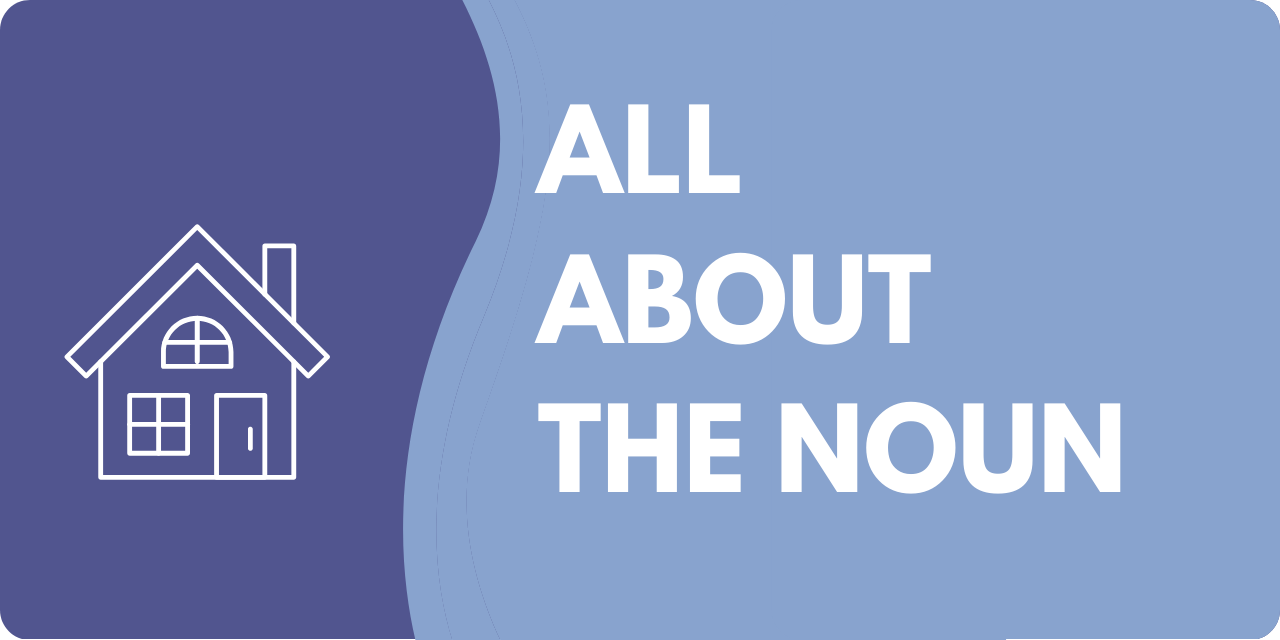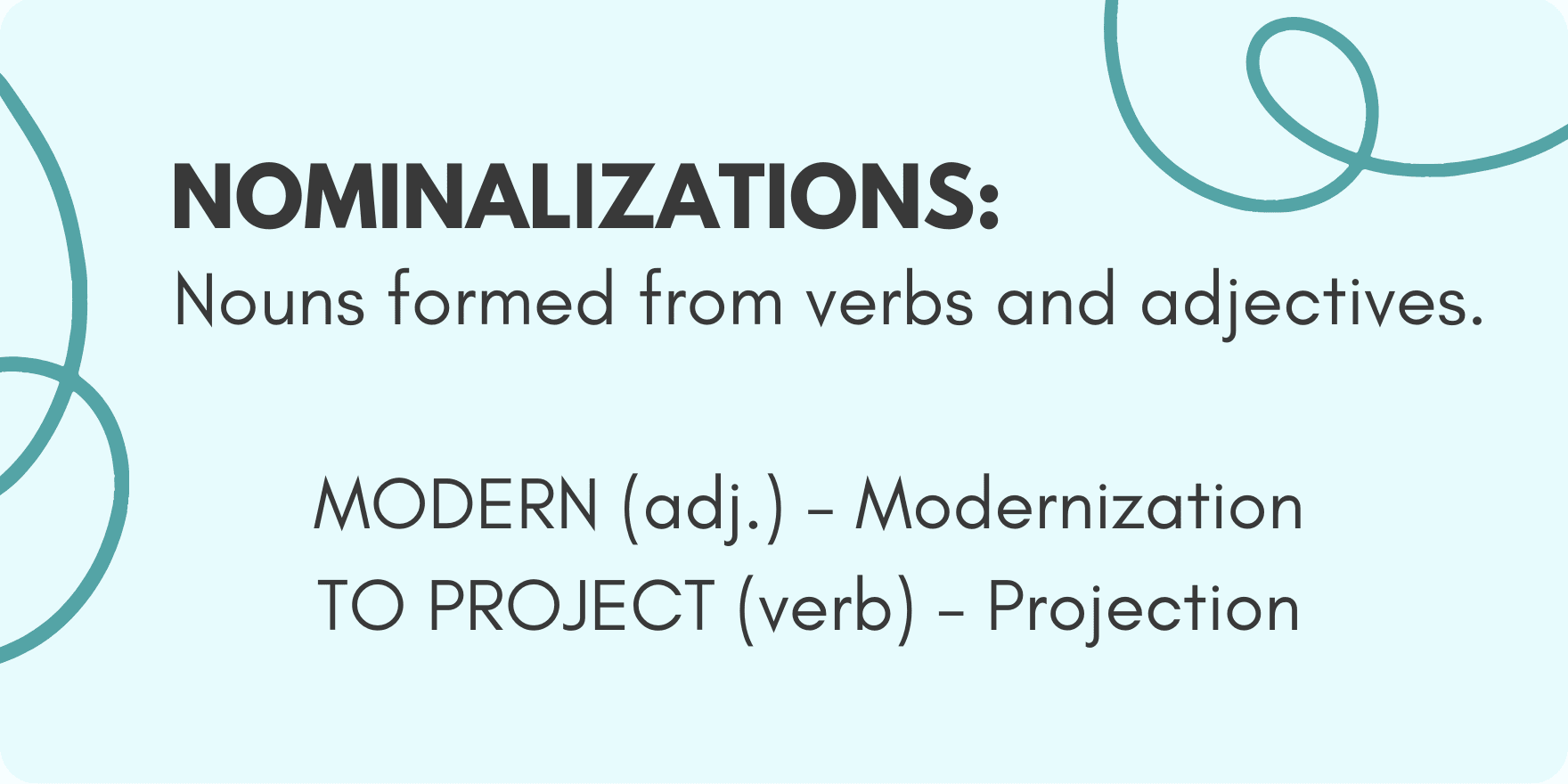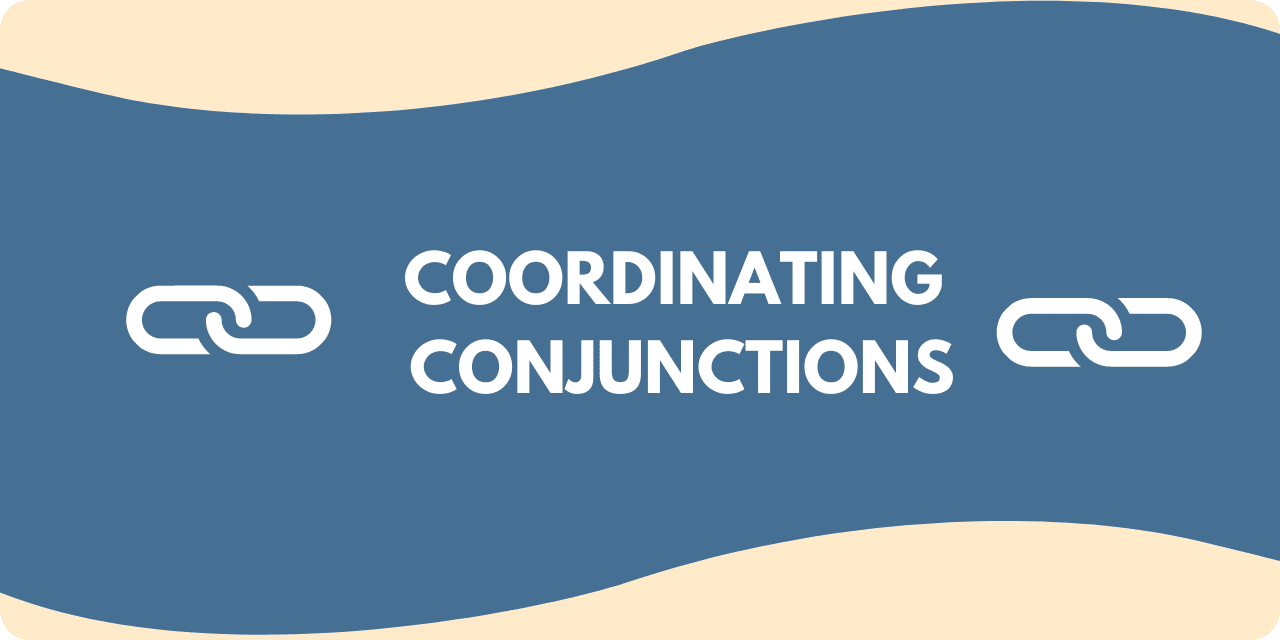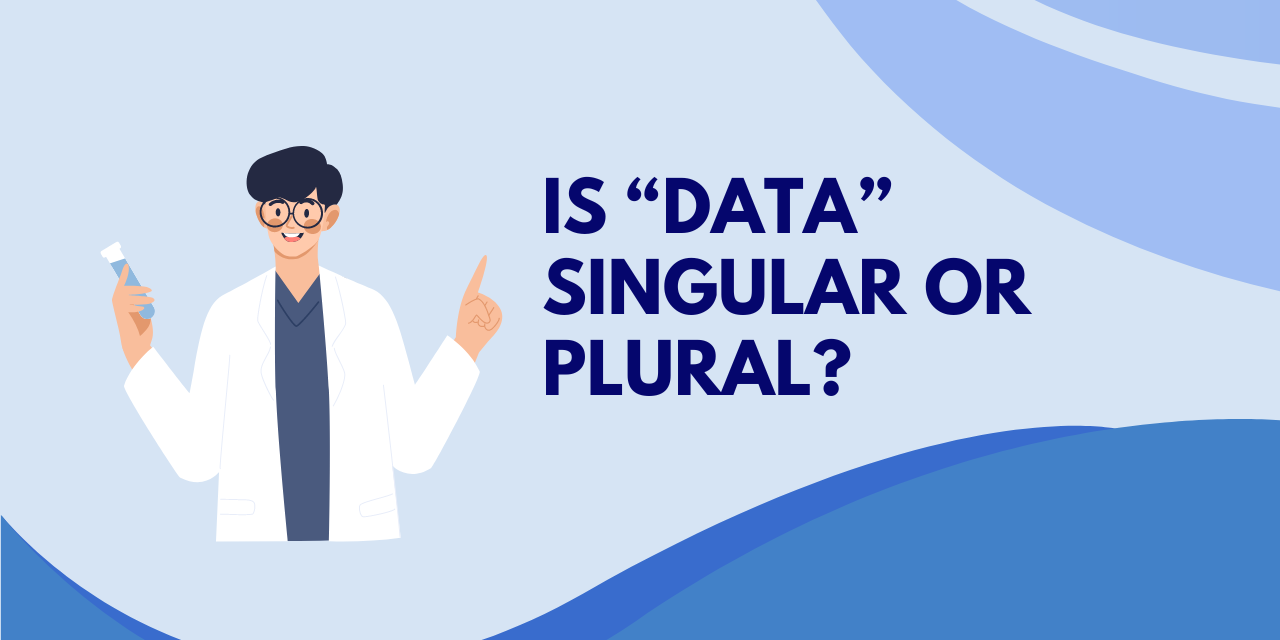No one escapes high school English without being penalized for writing a sentence fragment here and there, and unfortunately not everyone remembers what they are and how to fix them. Simply put, a sentence fragment is a clause that falls short of true sentencehood because it’s missing one out of three critical components: a subject, a verb, and a complete thought.
We sometimes fail to recognize our sentence fragments because our incomplete thoughts can very easily pose as a sentence. The only things a series of words needs are a capital letter at the beginning and punctuation at the end and boom! It looks like a sentence. However, for a sentence to truly be complete, it must contain an independent clause, which tells the entire story even when isolated from its context.
Examples of Sentence Fragments
Here’s a glaring example of a sentence fragment:
Example: Because of the hurricane.
On its own, because of the hurricane does not form a complete thought. It leaves us pondering what happened because of the hurricane. To complete it, we need further explanation:
Example: Because of the hurricane, the wedding was canceled.
Here, the fragment has become a dependent clause attached to a sentence that has a subject (the wedding) and a verb (was canceled). Now our thought is complete.
In that example, creating a longer sentence was the easy solution. But this doesn’t mean that short sentences can’t be complete. This teensy sentence is complete:
Example: I ran.
I ran might be a short thought, but it has a subject (I) and a verb (ran). Nothing in the sentence needs any further explanation. A famous example of a short-but-complete sentence is “Jesus wept.”
Staying away from sentence fragments not only makes your writing easier to read, but it can also make you sound more refined in polite correspondence. We’ve all had emails ending with:
Example: Looking forward to seeing you.
That sentence lacks a subject. Adding the subject will build a more substantial, more confident-sounding sentence:
Example: I am looking forward to seeing you.
It’s a minuscule psychological difference, but if you are corresponding in a formal setting, it’s worth taking the time and care to write a complete sentence. Fragments can sound as though they were carelessly spat out.
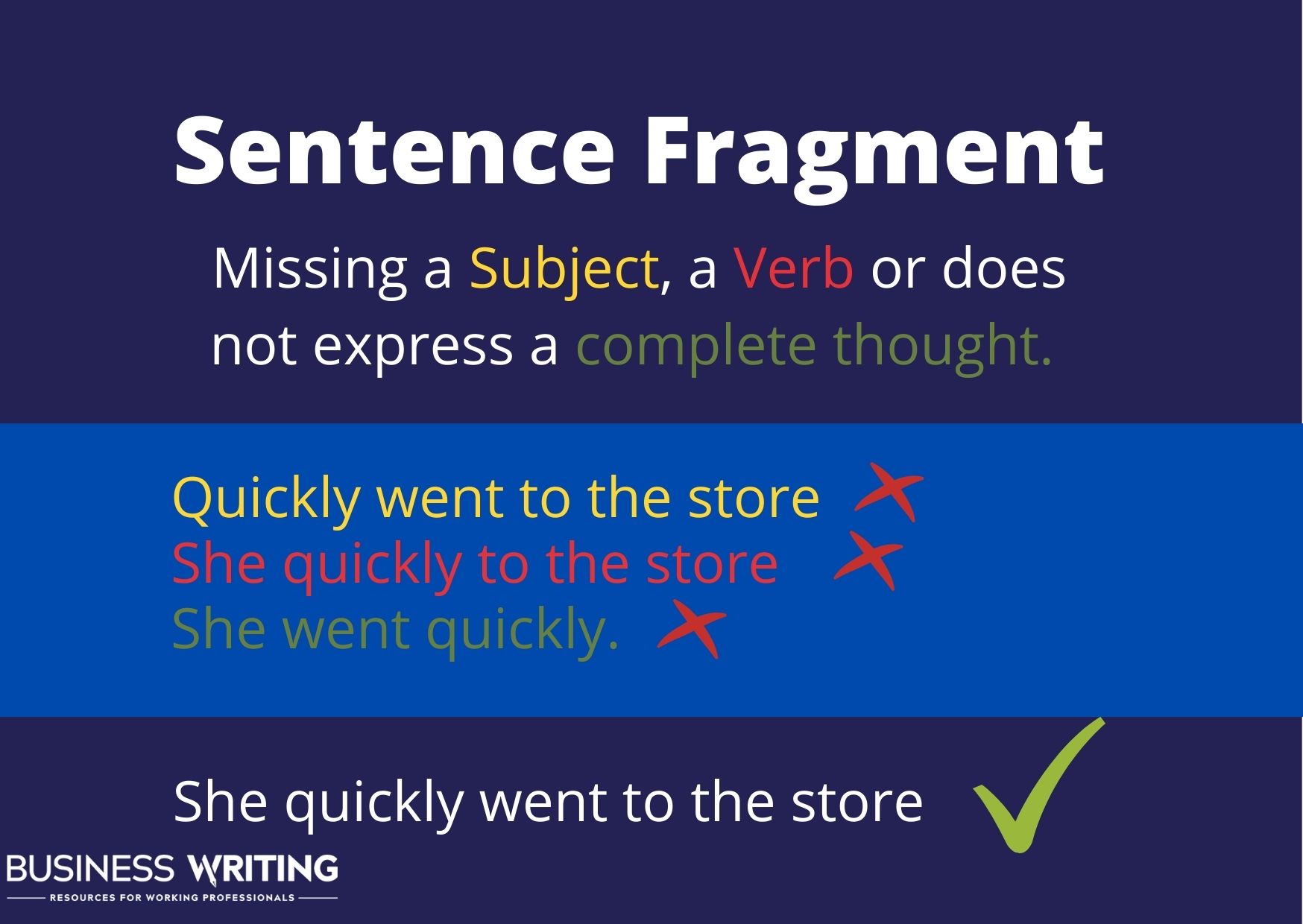
Fixing Sentence Fragments
Mending a sentence fragment involves one of two things: giving it the components it lacks or fastening it onto an independent clause. Consider the following:
Example: There are many ways to frighten little brothers; for instance, you could hide under their beds and wait for the dark.
Notice that to properly connect these two clauses with a semicolon, you need to do some rewriting to ensure that they both function as independent clauses. To put it another way, you need to reinforce the fragment with a subject and verb to turn it into a sentence. Notice in the above example that by doing this, you will need to edit other parts of your fragment to make it a grammatically correct independent clause.
If semicolons seem too formal for your purpose, you could write your text as two sentences—but remember to make sure the second one has a subject and a verb:
Example: There are many ways to frighten little brothers. For instance, you could hide under their beds and wait for the dark.
Both remedies result in structurally sound sentences.
Stylistic Sentence Fragments
You should always avoid sentence fragments in a formal situation and in academic writing. With that said, a fragment within a clear context can sometimes serve a useful dramatic purpose. Bloggers, journalists, and fiction writers often use them. For example:
Example: No one thought that Eric could make the jump; it was just too high. All the same, he was determined to amaze us. No matter what. And he did it.
Your high school English teacher would see three things wrong with this description. No matter what is a sentence fragment. And he did it is a sentence beginning with a conjunction and lastly, it’s only a one-sentence paragraph.
As always, decide for yourself who your audience is and how much flexibility you have for bending the rules. If you’re telling a story, a few fragments might suit your purpose and style well, but if you are writing an essay or drafting a business document, it’s best to avoid them.
Related: Learn more about sentence structure with these articles: Compound Sentence, Complex Sentence, Imperative Sentence.



